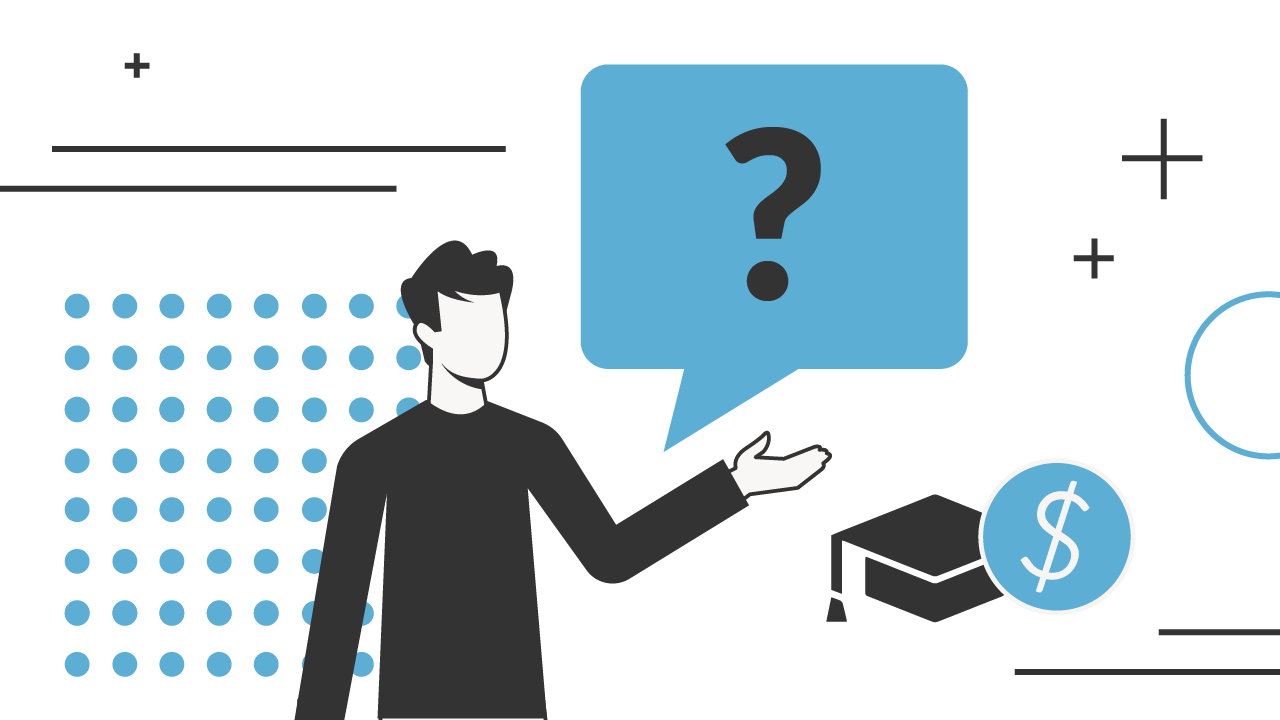
Source: The College Investor
- SAVE Plan Borrowers in Forbearance: Borrowers enrolled in the SAVE Plan are placed in an interest-free general forbearance, potentially lasting six months or longer.
- Loan Forgiveness Under Certain IDR Plans Blocked: Forgiveness features of IDR plans like SAVE, PAYE, and ICR are currently stopped due to a court injunction.
- Alternative Repayment Options: The Education Department plans to reopen PAYE and ICR plans this fall.
The Biden administration announced several key updates for borrowers who are in the SAVE repayment plan.
Those enrolled in the SAVE Plan should anticipate remaining in an interest-free general forbearance for at least six more months.
This comes amid ongoing legal challenges that have stalled the program and halted progress toward loan forgiveness under certain Income-Driven Repayment (IDR) plans, including SAVE, PAYE, and ICR.
The SAVE (Saving on a Valuable Education) Plan, formerly known as REPAYE, was designed to help borrowers by reducing monthly payments and preventing interest accrual. However, a court injunction issued by the 8th Circuit Court of Appeals has blocked key provisions of the plan, including its forgiveness features.
“Borrowers in SAVE and anyone who has applied for SAVE should expect to remain in interest-free general forbearance for six more months or longer,” the Education Department stated. During this period, borrowers are not required to make payments, and no interest will accrue. However, time spent in this forbearance will not count toward Public Service Loan Forgiveness (PSLF) or IDR forgiveness milestones.
SAVE Forbearance
The general SAVE forbearance places some borrowers in a tough position.
While it offers temporary relief from payments and interest, it also pauses their progress toward loan forgiveness programs. Borrowers can make payments during this forbearance, but these will be applied to future bills after the forbearance ends.
“You have been placed into this general forbearance because your servicer is not currently able to bill you at the amount required by a recent court order,” the department explained. The Education Department is working with loan servicers to update their systems to align with the court’s requirements, a process that may take several months.
For most borrowers, they should simply enjoy the forbearance and save their estimated monthly payments in a high yield savings accounts. This is especially true for new borrowers.
But for borrowers who were approaching loan forgiveness milestones, it’s frustrating. But there are some workaround options.
The Department of Education even created this graphic to help borrowers navigate the situation:

Source: Department of Education
Alternative Options
The injunction affects not only the SAVE Plan but also other Department-created IDR plans like Pay As You Earn (PAYE) and Income-Contingent Repayment (ICR). Forgiveness under these plans is currently blocked. However, the Education Department is taking steps to provide borrowers with alternative options.
This fall, the department plans to reopen PAYE and ICR to new enrollees who meet eligibility requirements. “Doing so will allow the Department to meet its obligations under the Higher Education Act,” officials said. Borrowers interested in these plans should monitor for updates in the coming weeks.
Additionally, the department is developing an “IDR Buyback” program, modeled after the PSLF Buyback initiative. This would allow borrowers to “buy back” time spent in non-qualifying forbearance periods, such as the current SAVE Plan forbearance, so that it counts toward loan forgiveness. Details on this program are expected soon, but it’s also unknown what legal support this plan will have.
Specifics For Borrowers Approaching Forgiveness Under PSLF
There are several options for borrowers approaching PSLF, but these also carry uncertainty. For borrowers who are at 118 or 119 payments, changing repayment plans and taking advantage of the 60 day processing forbearance (which does count for PSLF), is a potential option.
Borrowers can also consider:
- PSLF Buy Back: Eligible borrowers can “buy back” months of PSLF credit for time spent in forbearance due to the court injunction. This requires submitting a request and making an extra payment equivalent to what would have been owed under an IDR plan.
- Enroll in a Different Repayment Plan: Borrowers can switch to other PSLF-eligible repayment plans, such as the Income-Based Repayment (IBR) plan, which remains unaffected by the injunction. However, they should carefully consider potential downsides like higher monthly payments or interest capitalization.
While the uncertainty of these court cases is frustrating, most borrowers (but not all) will benefit from simply taking advantage of the forbearance to shore up their finances. For borrowers approaching forgiveness within the year, it may make sense to look at some of these alternatives.
Don’t Miss These Other Stories:



















